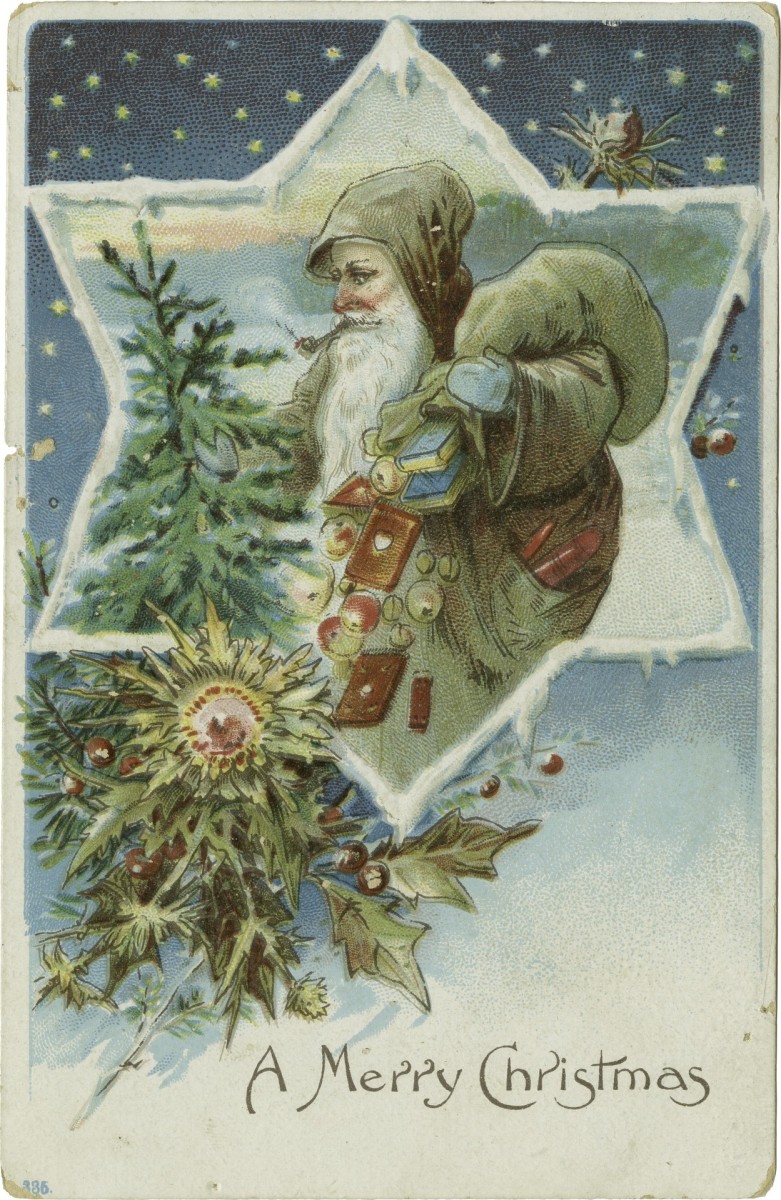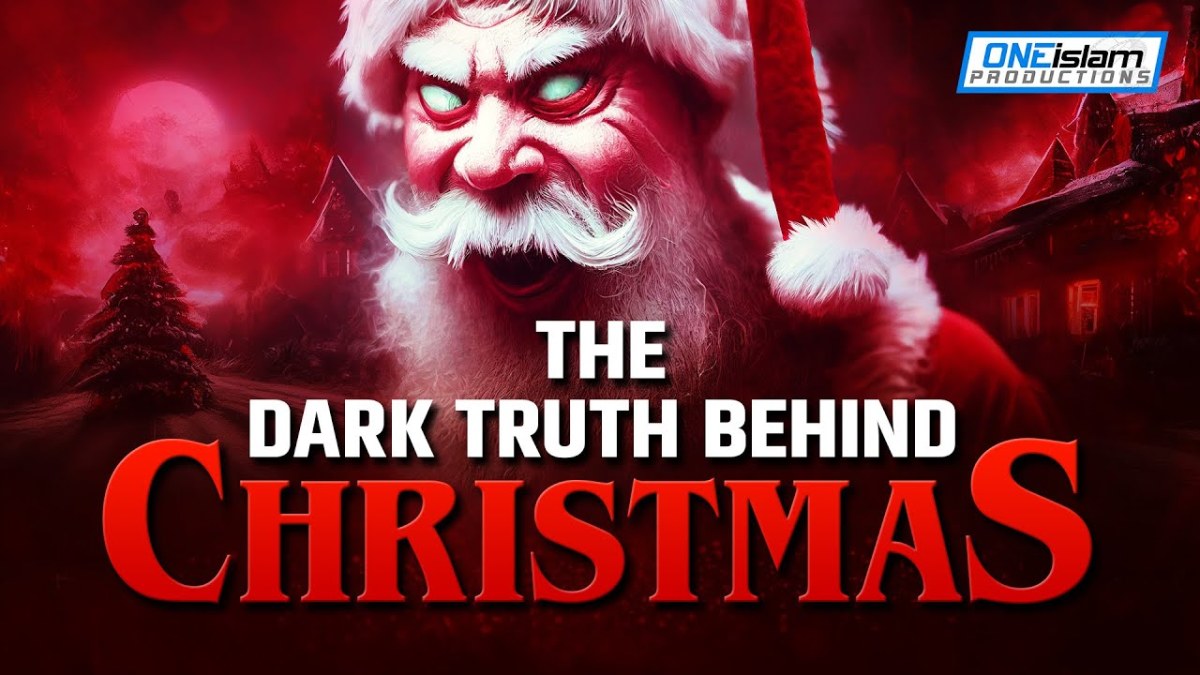Hidden History of Christmas
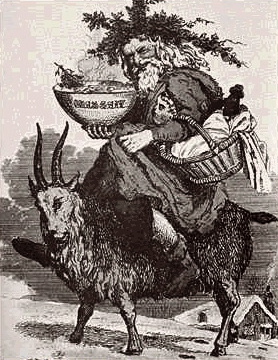
Puritans, haunted by the fear someone somewhere might be happy, hate Christmas, a Christmas tradition that started around the time Christianity, or more accurately, the anti-intellectual reworking of existing tradition by Paul of Tarsus, became the state religion of the Roman Empire and has persisted ever since. Most people love it as a welcome break from the daily grind imposed by the Protestant Work Ethic, though, as a festival where families gather annually, it is, at least in the UK followed by a rise in visits to relationship counsellors, who not infrequently find husband and wife in adjacent offices unaware the other half is there, and divorce lawyers.
The Christian Church noted pre-christian festivities associated with transition, at the darkest time of the year from ever shortening days to slowly lengthening days and, since the New Testament gives no indication of the date of the Nativity, took them over. Logically this transition should have been celebrated on the shortest day of the year, which we now know to be 21st December, but as with all things human it did not work out like that and now most of us celebrate Christmas on 25th December but those who hold to the old calendar celebrate it on what by the new calendar is Three Kings, the 6th of January. Whenever it is celebrated it involves ancient and modern traditions that give it a special atmosphere.
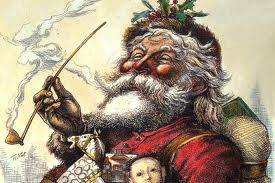
Why December 25th?
December 25th is an arbitrary date, it is not the shortest day of the year when the sun appears to stand still in the sky. It was not clear in Ancient Rome which was the shortest day and longest night and there were various guesses. Julius Caesar's calendar out the shortest day as the 25th of December which became the time to celebrate the turning of dark half of the year.
Christianity became the Roman State religion in 323 and in 354 in Rome Philocalus produced a calendar putting the nativity on 25th December, the tenth and last month of the Roman Year [1]. This choice spread throughout most of Eastern Christendom, though the Armenian church never accepted it. The reason this date was used was given by a Syrian Scriptor called Syrus who stated that Christians took part in pagans ceremonies on 25th December celebrating the birth of the sun and decided to solemnize the true nativity on that day. Thus Christmas day is an Official Birthday, like that of the King or Queen of England.
The festival the Christians took over was Sol Invictus, the Feast of the Unconquered Sun, which Aurelian had decreed in 274 to be a major holy day of a new state religion with the Sun as chief deity. This was something the Pharoah Akhenaten had tried long before in Egypt. Aurelian's cult was based on the older Syrian cult of the Unconquered Sun and its festivals were, curiously, in late summer and in October.
Hutton [1] concludes there is a strong argument that there was a major pre-christian festival associated with the opening of a new year at the point where the sun had reached its weakest and began getting stronger and cites evidence for this in the Anglo Saxon, Viking and Welsh components of the Medieval heritage of Britain. It seems only natural to celebrate such a turn round.
Solstice Celebrations
The Romans left the Solstice as a mysterious period and flanked it with the Saturnalia, from 17th December for seven days, and the Kalends, from the 1st to the 3rd of January.
Early in Roman history the year started in March with the opening of the farming and fighting season (in the UK the start of the football season, which is not far off that time, was also the start of the fighting season for young people a few decades ago). But the pull of the time when the sun could be seen to be getting stronger was more potent and in about 153BC the roman year officially started on January 1st.
For rich Romans, especially expatriates, the Saturnalia was more popular, with up to seven days of revelry. Schools, courts and shops were closed, public gambling was allowed and presents, especially candles, symbols of light, were exchanged between friends. It was a carnival in the sense of a period where rules were relaxed to make them firmer outside the carnival. The Kalends wer marked by more feasting and parties but also by exchange of gifts with the aim of bringing luck for the coming year.
Christianity took over both these festivals and extended the Christmas Period to 6th January. In the cold dark lands of the West Christmas came to be more significant than Easter and blended with earlier traditions, though it is not till 1038 that the word “Christmas” in its old English form is mentioned.
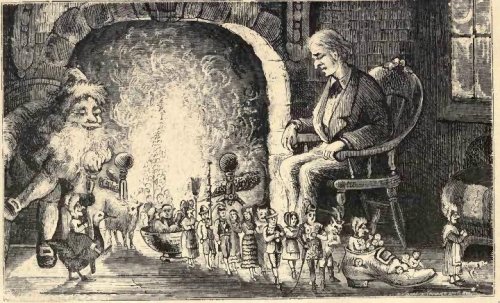
What do you like about Christmas
Christmas Greenery
In the cold midwinter pre-christina societies would decorate their halls with such greenery as could be found and easily gathered, which would mainly be Holly and Ivy. After a lot of grumbling the Church accepted this practice and Holly and Ivy became associated with Christmas, though there is no evidence these were selected for any magical properties. Box and Yew (despite the toxic fumes it can give off) as well as rosemary, bay and mistletoe were also used.
Mistletoe was regarded by the Gauls as an antidote to poison and a bringer of fertility to animals and the Druids regarded it as especially sacred on the rare occasions it grew on an Oak tree. In the late 18th century the custom of kissing under a bunch of foliage, the “Kissing Bush” started. It could be made of just mistletoe and could be very large. The twig of mistletoe today is the last remnant of the once mighty Kissing Bush.
The Christmas tree, traditionally a pine was introduced to Britain in the 19th Century. Pennick sees it a representing the Norse world tree but this interpretation is uncertain. It may also be a variant of the Yule Log, which was burned over the 12 days of Christmas and believed to bring prosperity for the coming year and there are traces of magical associations associated with the Yule Log.
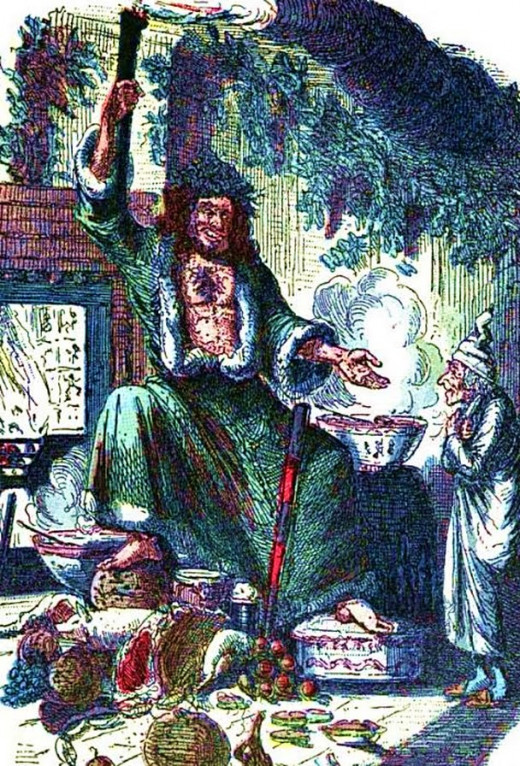
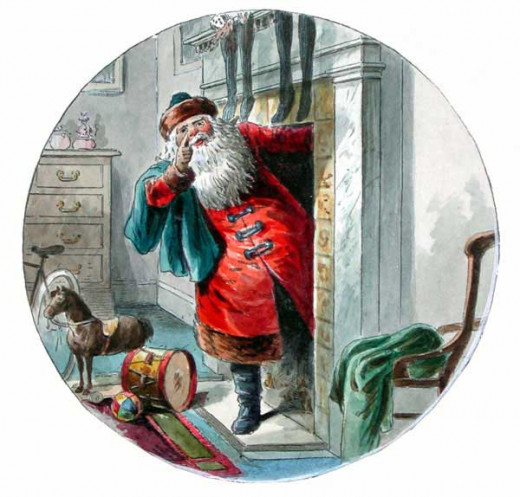
What do you least like about Christmas
The Wrap
Time, space and reader fatigue mean that a vast amount has had to be omitted. Yuletide is a festival marking the turning of the year represented by a relaxation of normal social rules and a cessation of work. The festival is not quite synchronised to the calendar with its start just before the solstice and its end at a time where it can be certain the sun is recovering its strength. As in Ancient Rome gifts are exchanged, parties held and no work is done. At the darkest point of the year such a break is essential psychologically and physically to counter the effects of Seasonal Affective Disorder though Christmas Stress Syndrome has also to be dealt with.
Further reading
[1] Stations of the Sun: Ronald Hutton OUP 1996
[2] Weird Space, Nigel Pennick, Fortean Time 60, Winter 1990

